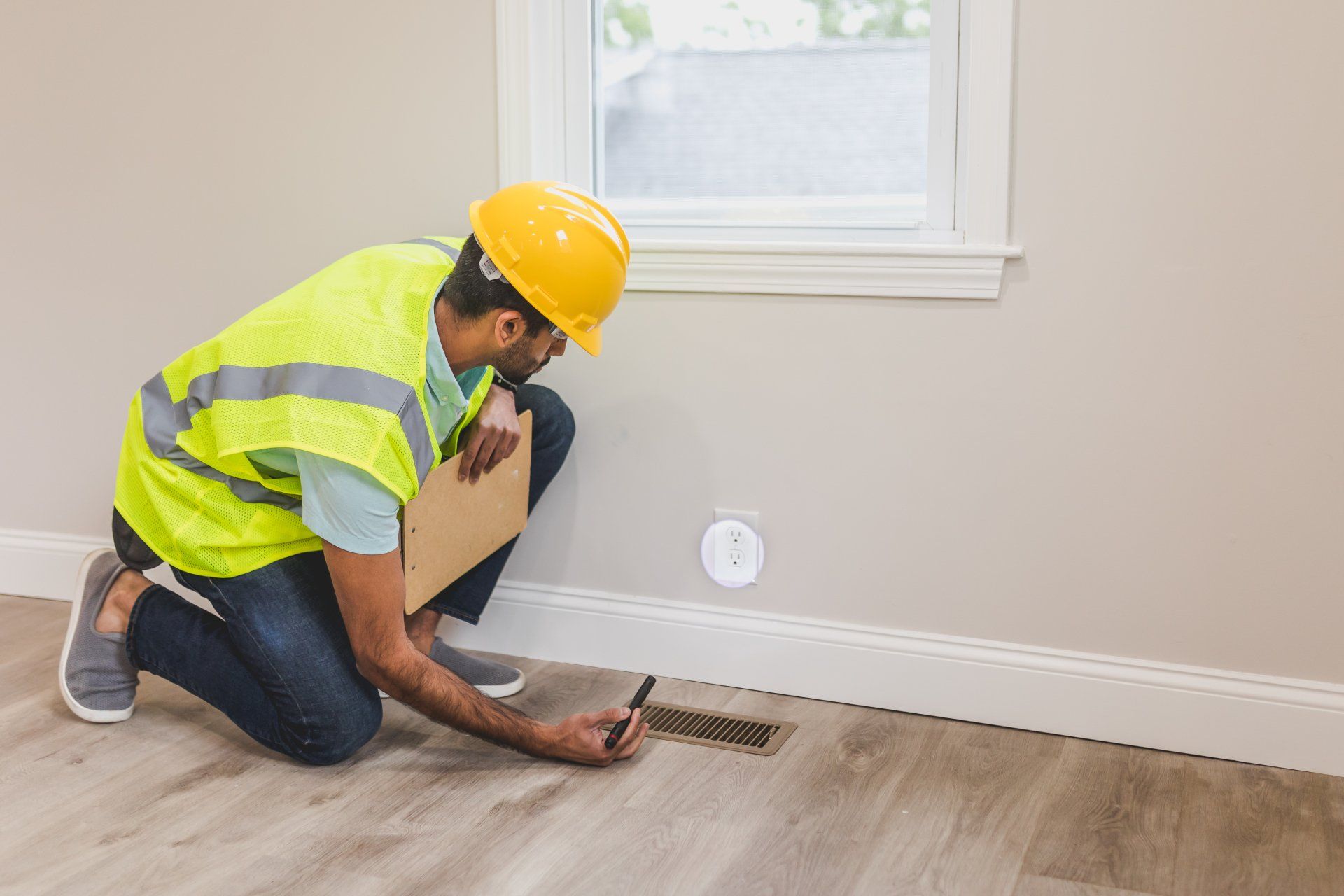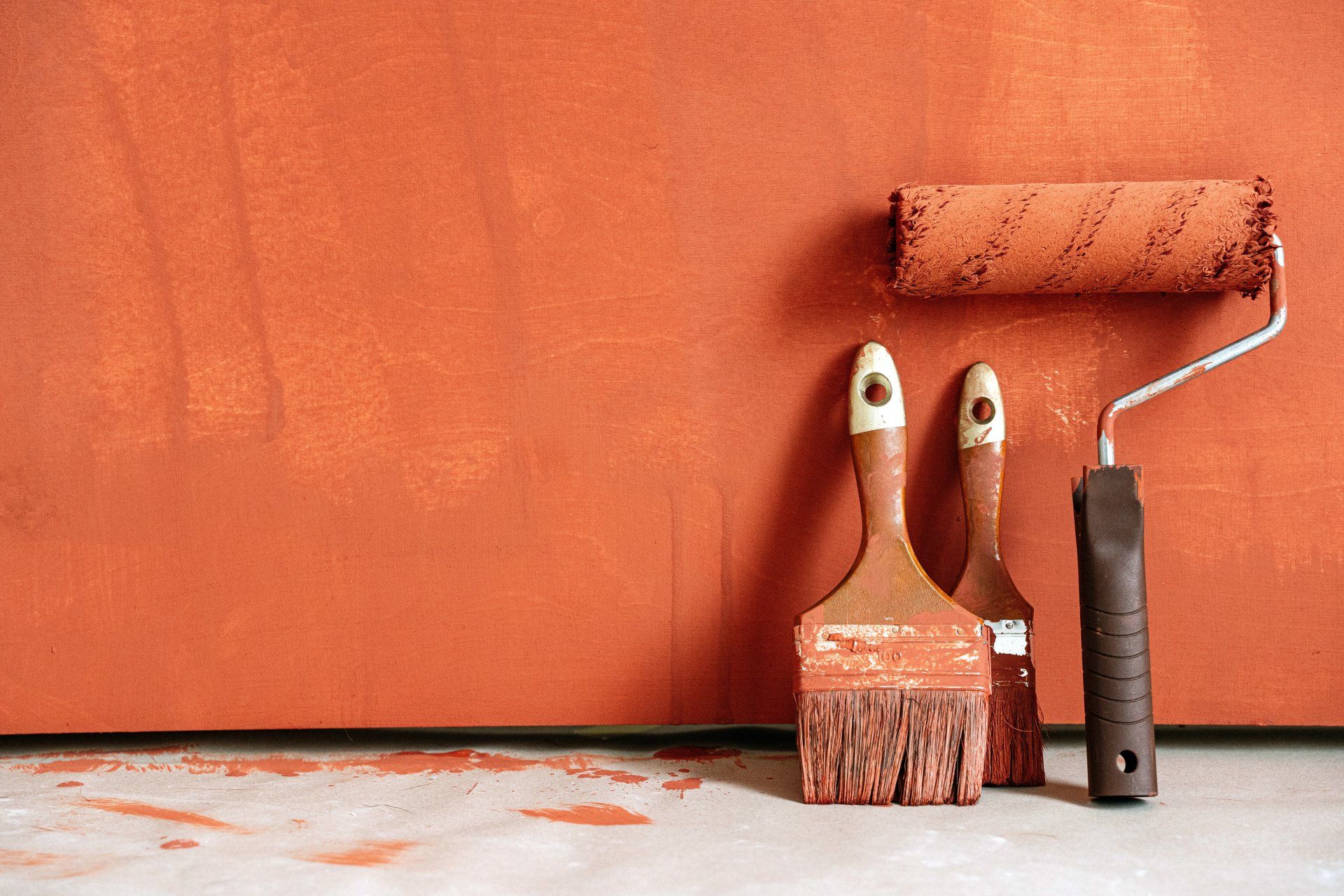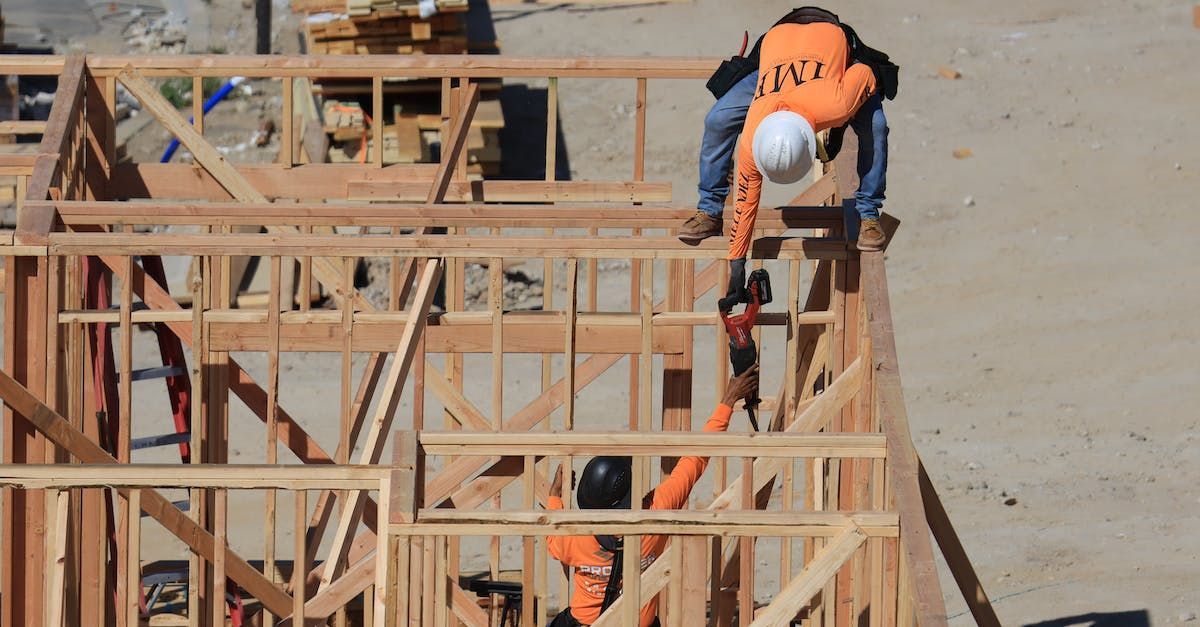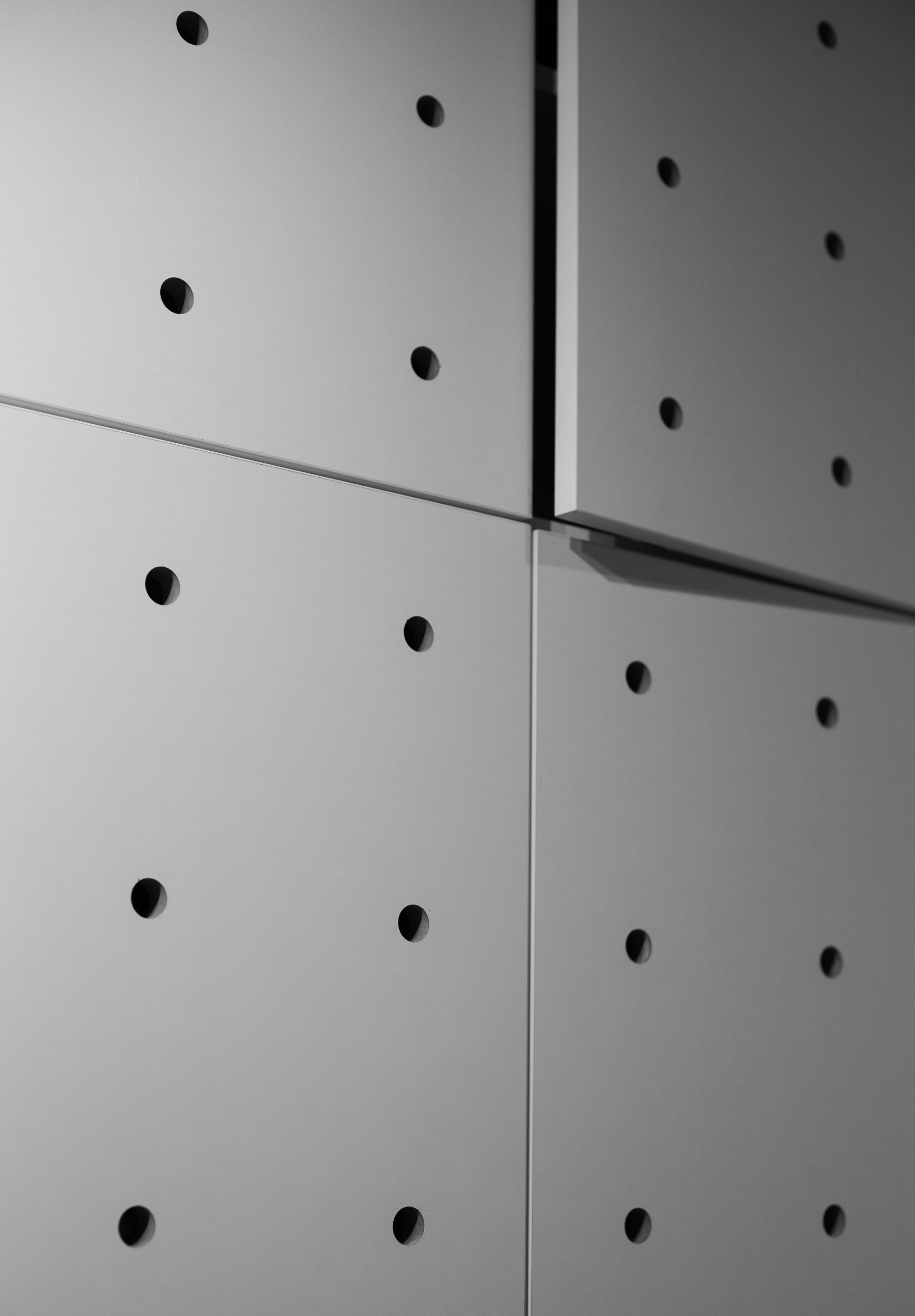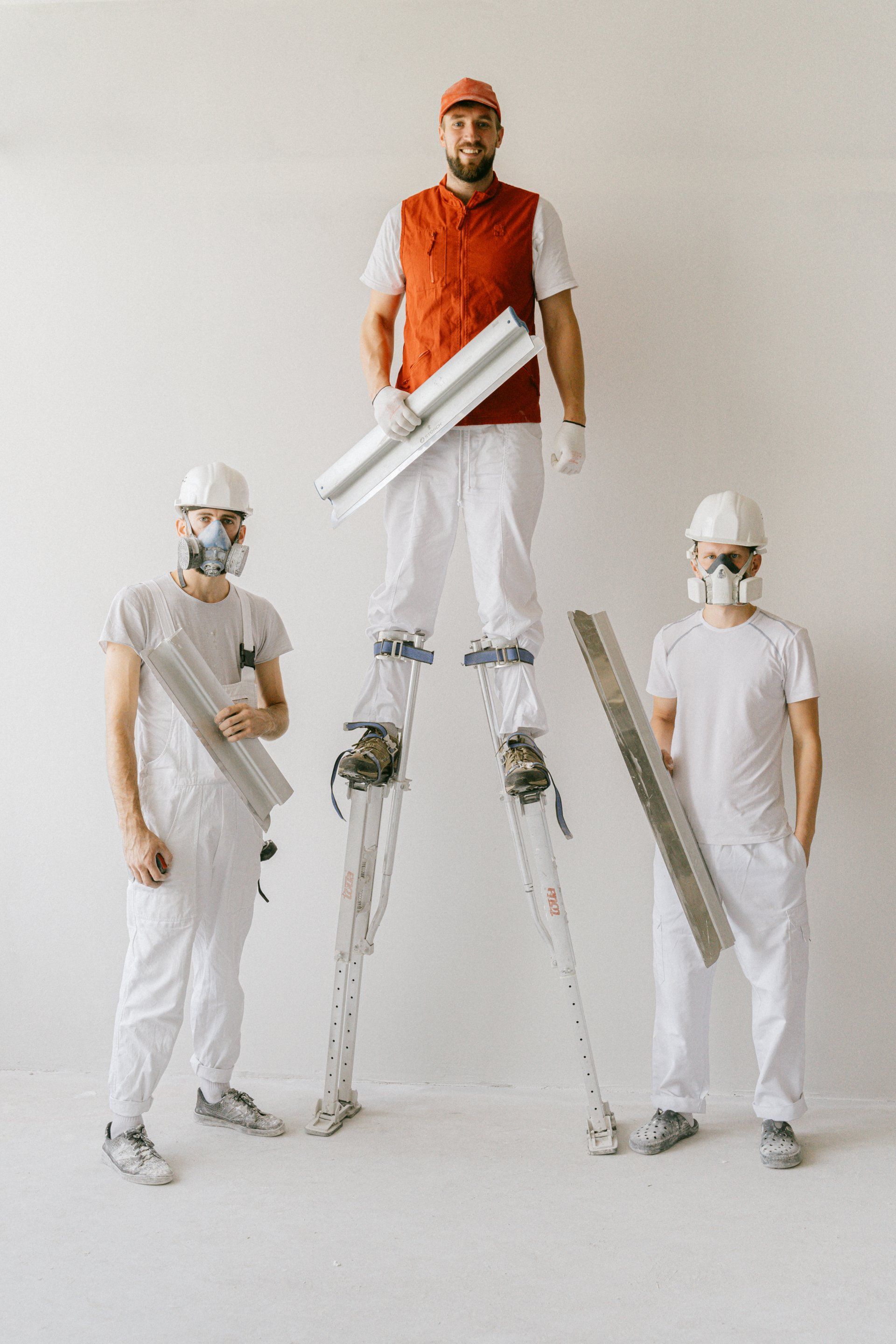Dealing with a Water Leak in the Ceiling: Causes and Solutions
"Taking Control of a Ceiling Leak: Action Steps and Expert Advice"
A water leak in the ceiling can be a homeowner's nightmare, causing damage to both the structure and your peace of mind. Whether it's a small drip or a more substantial issue, understanding the causes, how to fix a leak in the ceiling, and who to call for help is crucial to prevent further damage and costly repairs. In this comprehensive guide, we'll explore the common reasons behind a leak in the ceiling, provide steps on how to fix it, and guide you on the best course of action. So, if you're faced with a water leak in your ceiling, read on to find out what to do.
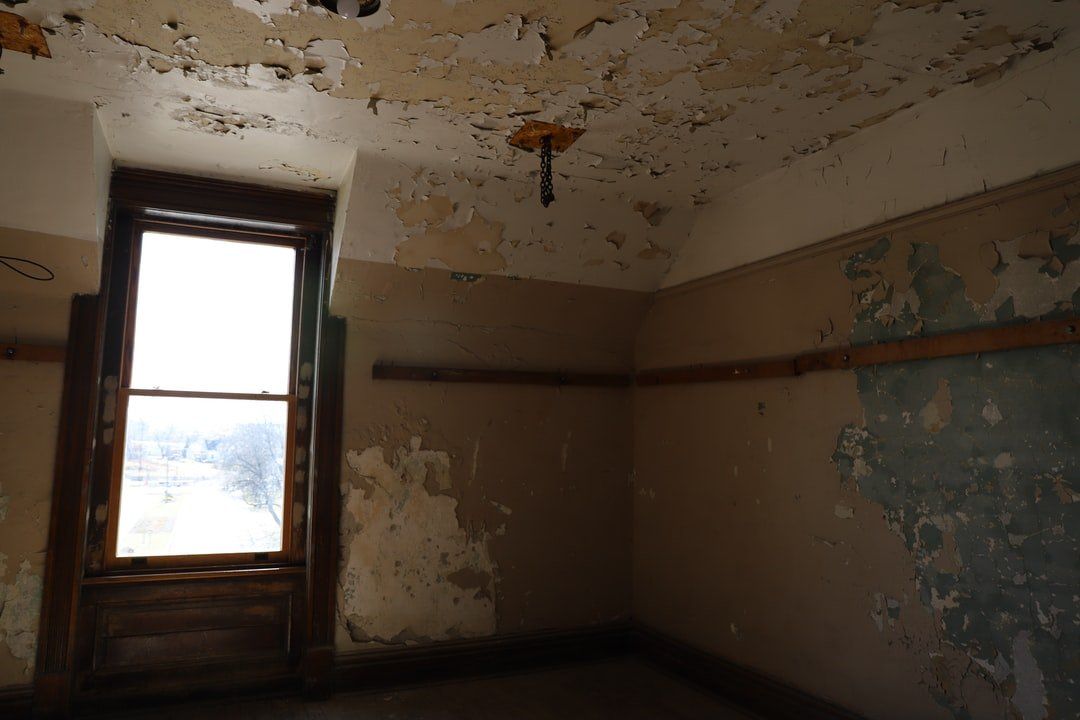
I. Identifying the Source of the Leak in Ceiling
Water Leak in Ceiling: Causes and Signs
A water leak in the ceiling can result from various sources, and recognizing the cause is the first step in addressing the issue. Common causes include:
a. Roof Leaks: Water may infiltrate through damaged shingles, flashing, or vents on your roof, eventually finding its way into your ceiling.
b. Plumbing Issues: Leaky pipes, burst water lines, or faulty connections can cause water to seep into your ceiling.
c. Bathroom Leaks: Over time, deteriorating grout, caulk, or damaged seals around fixtures in your bathroom can allow water to penetrate the ceiling below.
d. HVAC Condensation:
Air conditioning units and heating systems can produce condensation that might lead to ceiling leaks if not properly managed.
e. Blocked Gutters: Clogged gutters and downspouts can result in overflowing rainwater, which can eventually make its way through your roof and into your ceiling.
Signs of a Ceiling Leak
Detecting a water leak in your ceiling early is crucial for minimizing damage. Look out for the following signs:
Water stains or discoloration on the ceiling.- Sagging or drooping ceiling panels.
- Peeling paint or wallpaper.
- Dripping or water pooling on the floor.
- Musty odors or mold growth.
II. What to Do When You Discover a Water Leak in the Ceiling
Discovering a water leak in your ceiling can be unsettling, but taking prompt action can help mitigate damage and prevent further issues. Here's Leak in ceiling what to do:
Safety First
Ensure your safety and that of your family. If the ceiling is dripping water, avoid standing directly underneath the leak, as it may cause structural damage or pose an electrical hazard. Turn off the electricity to any affected areas if it's safe to do so.
Contain the Leak
Place buckets, pans, or towels on the floor beneath the leak to catch dripping water and prevent further damage to your possessions and the floor.
Assess the Damage
Examine the affected area to assess the extent of the damage. Be cautious when poking or prodding the ceiling, as it may collapse if it's heavily saturated.
Locate the Source
If it's safe to do so, try to identify the source of the leak by following any visible water trails or stains. This will help you understand whether it's a plumbing issue, roof leak, or another cause.
III. How to Fix Water Leak in Ceiling
Fixing a water leak in the ceiling depends on its cause. Here are some steps for addressing common issues:
Roof Leaks
A leak in ceiling from roof is often the result of compromised roofing materials or faulty flashing, requiring immediate attention to prevent further damage.
a. Inspect your roof for damaged or missing shingles, cracked flashing, or deteriorated seals around roof penetrations.
b. Replace or repair any damaged roofing materials.
c. Apply roof sealant or flashing to vulnerable areas.
d. Consider hiring a professional roofer for more extensive repairs or roof replacement.
Plumbing Leaks
a. Turn off the water supply to the affected area.
b. Identify the leak's source and repair or replace the faulty plumbing component, such as a pipe, joint, or fixture.
c. Ensure proper sealing and insulation around plumbing fixtures to prevent future leaks.
Bathroom Leaks
a. Examine the caulk and grout around shower enclosures, bathtubs, sinks, and toilets.
b. Remove deteriorated caulk and grout and reapply with fresh material.
c. Ensure that seals around fixtures are watertight and well-maintained.
HVAC Condensation
a. Inspect your HVAC system for any condensation issues.
b. Ensure that the condensate drain lines are clear and unobstructed.
c. Consider installing a condensate pump or additional insulation to manage condensation.
Blocked Gutters
a. Regularly clean and maintain your gutters and downspouts to prevent blockages.
b. Install gutter guards or screens to reduce the accumulation of debris.
c. Repair or replace damaged gutters or downspouts.
IV. Who to Call for Help with a Water Leak in the Ceiling
In many cases, resolving a ceiling leak requires the expertise of
professionals. Here's who to call for help:
Roofing Contractors: If the source of the leak is a roof issue, contact a qualified roofing contractor to assess the problem and provide necessary repairs or replacements.
Plumbing Specialists: For plumbing-related ceiling leaks, hire a licensed plumber to identify and fix the issue, ensuring that all pipes and connections are properly sealed and repaired.
Mold Remediation Experts: If mold growth accompanies the water leak, it's essential to address it promptly. Mold remediation professionals can safely remove and mitigate mold contamination.
General Contractors: In cases where structural damage is extensive, consider consulting a general contractor to assess and repair the damage, including
drywall and ceiling restoration.
Conclusion
A water leak in the ceiling can disrupt your life and cause significant damage to your home. Understanding the causes, recognizing the signs, and knowing how to fix a ceiling leak are vital for mitigating the situation and preventing further harm. Whether it's a small leak in the ceiling or a more significant issue, prompt action and, when necessary, professional assistance can save you time, money, and stress. By following the steps outlined in this guide, you can effectively address a water leak in your ceiling and ensure the integrity and safety of your home.
All Rights Reserved | Burleston Drywall Contractor
